
Overview of the PantoRouter
George VondriskaHave you seen the Pantorouter? It’s a very cool tool, capable of precisely making a lot of different joints. Mortise and tenon joints are the real bread and butter of the Pantorouter, but it can do much more than that.
How it works
Have you ever used a pantograph? A stylus traces something, like a drawing, and a pen transfers the drawing to another piece of paper. You can scale the new drawing up or down, depending on how you set up the pantograph. The Pantorouter is similar. A stylus is used to trace a template, and that motion is transferred to a router and, of course, a router bit. The owner’s manual does a great job of helping you match the template, the stylus and the router bit in order to get the joint you want.
Customizing the fit
The approach used for fine tuning the fit is pretty clever. The templates have a slight angle to them. You can easily control where the stylus rides on the template; the wide part of the angle, or the narrow part of the angle. Because we’re transferring that motion to the cut, this slightly changes the dimensions of the part you’re cutting.
Angles?
Oh yeah, the Pantorouter allows you to cut angled mortise and tenon joints, too. Simple or compound, it’s no problem setting the Pantorouter up for the cuts.
Hand-held router techniques
Lots of woodworking is, of course, down with hand-held routers. Make sure you’re getting the most of your machine by learning how to use a router.
More info
Check out the Pantorouter web site for more information on this tool.
Share tips, start a discussion or ask one of our experts or other students a question.
Already a member? Sign in
One Response to “Overview of the PantoRouter”
Explore videos by George Vondriska
You may be interested in
Premium Membership
Unlock exclusive member content from our industry experts.
- 24/7 Access to Premium Woodworking Videos, Projects, and Tips
- Step-by-Step Instructional Demos, Plans, and Tutorials
- 50% Off Video Downloads Purchased in the Woodworkers Guild of America Shop
- 2 Printable Woodworking Plans
Unlock exclusive member content from our industry experts.
- 24/7 Access to Premium Woodworking Videos, Projects, and Tips
- Step-by-Step Instructional Demos, Plans, and Tutorials
- 50% Off Video Downloads Purchased in the Woodworkers Guild of America Shop
- 2 Full-Length Video Downloads to Watch Offline
- 2 Printable Woodworking Plans
Gold Membership
$370 Value
Get everything included in Premium plus exclusive Gold Membership benefits.
- 24/7 Access to Premium Woodworking Videos, Projects, and Tips
- Step-by-Step Instructional Demos, Plans, and Tutorials
- 8 Full-Length Video Downloads to Watch Offline
- 3 Full-Length Woodworking Classes to Keep for Life
- 7 Printable Woodworking Plans
- Discounts on Purchase-to-Own Content in the Woodworkers Guild of America Shop
- Access to Ask the Expert Program
- Exclusive GOLD LIVE Streaming Events
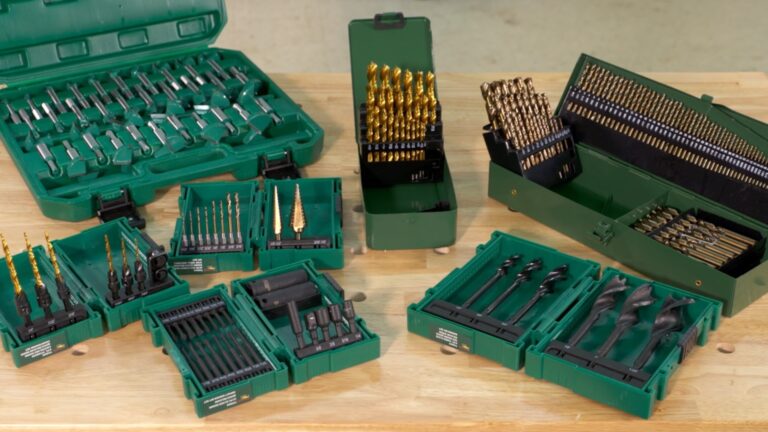




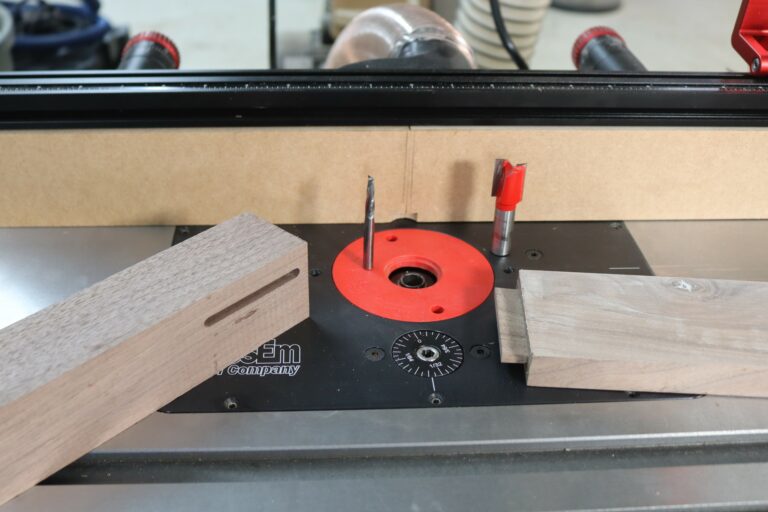
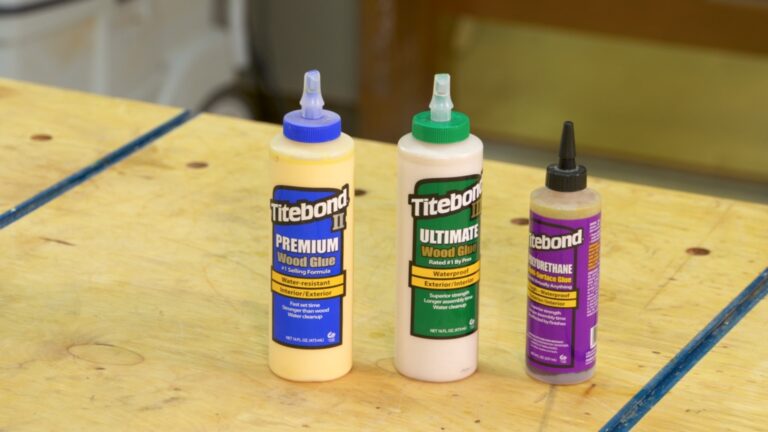
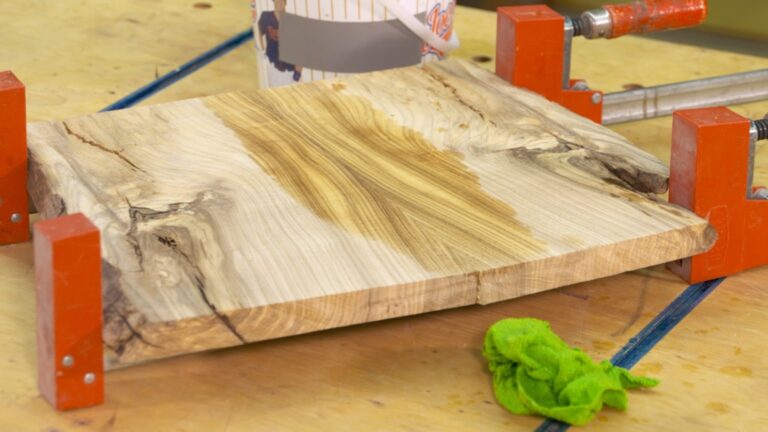


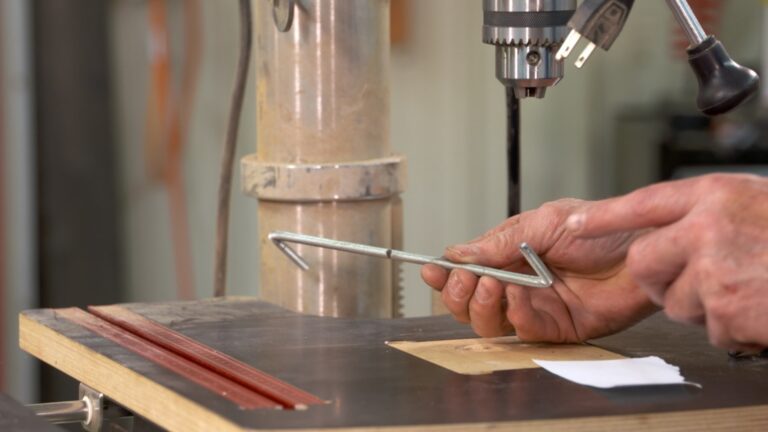

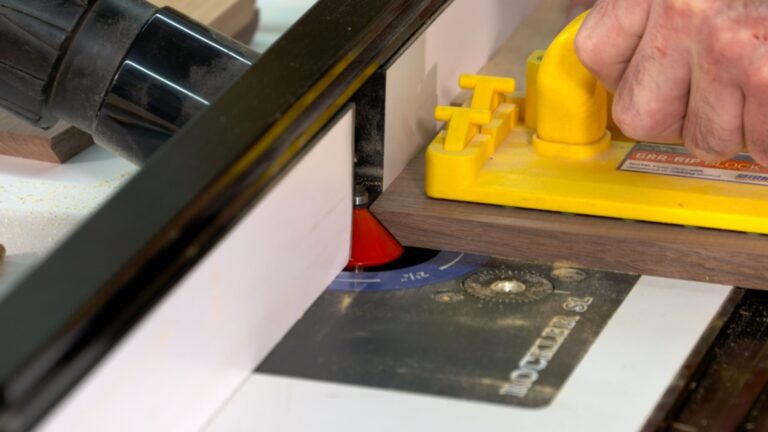

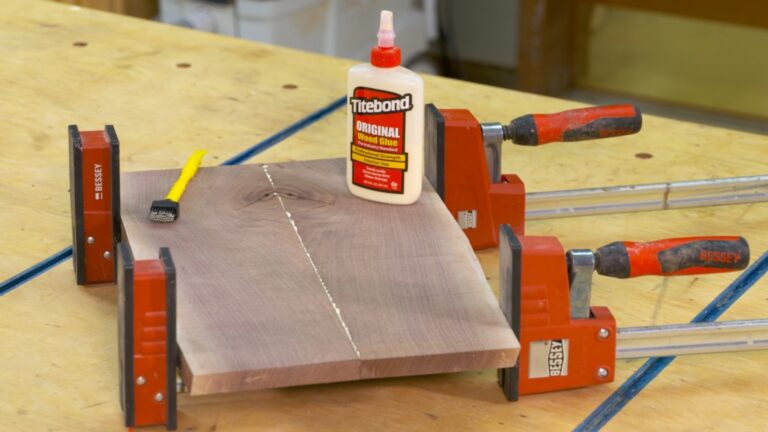
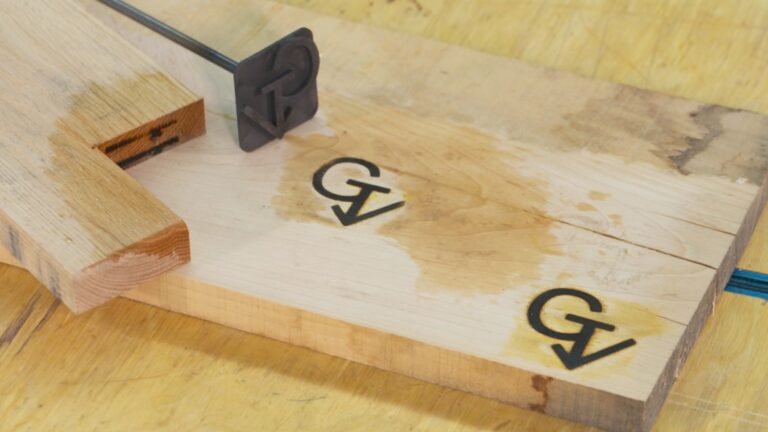
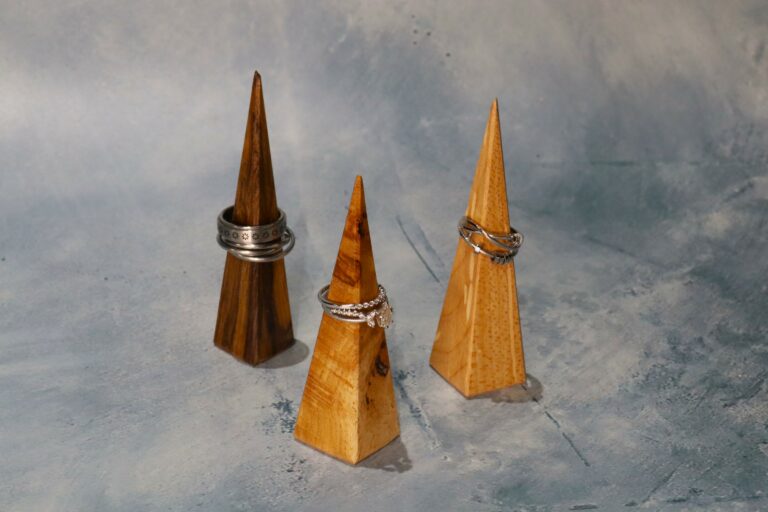
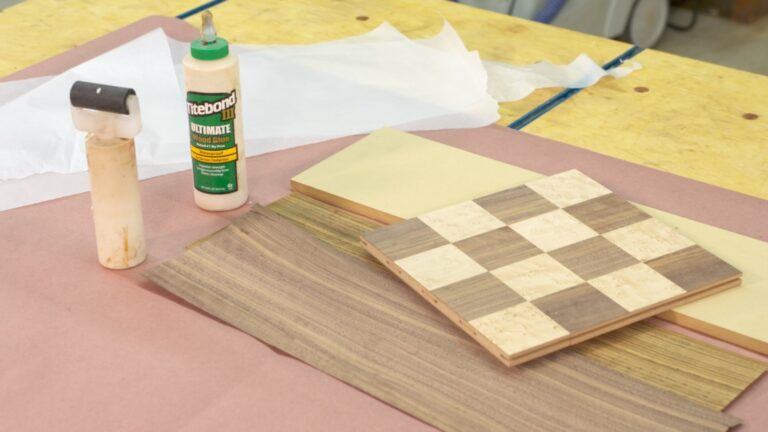
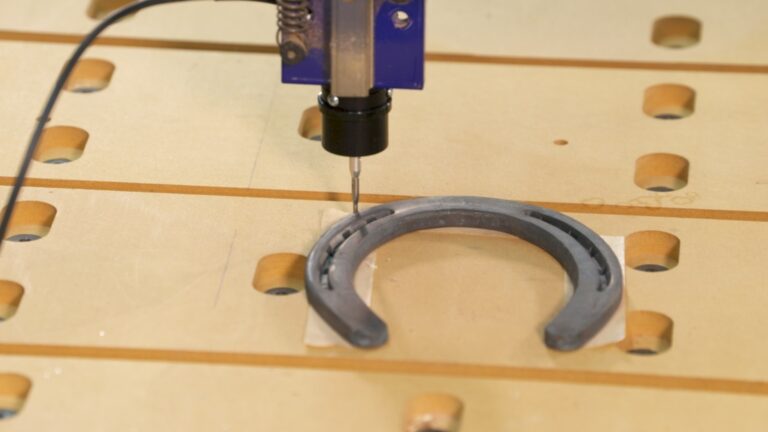
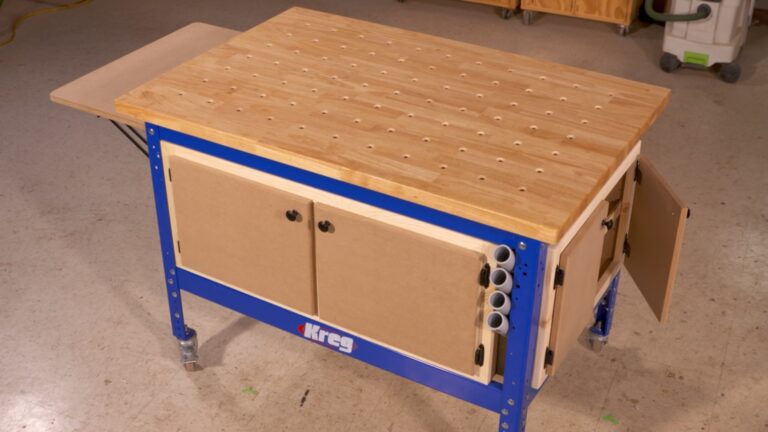


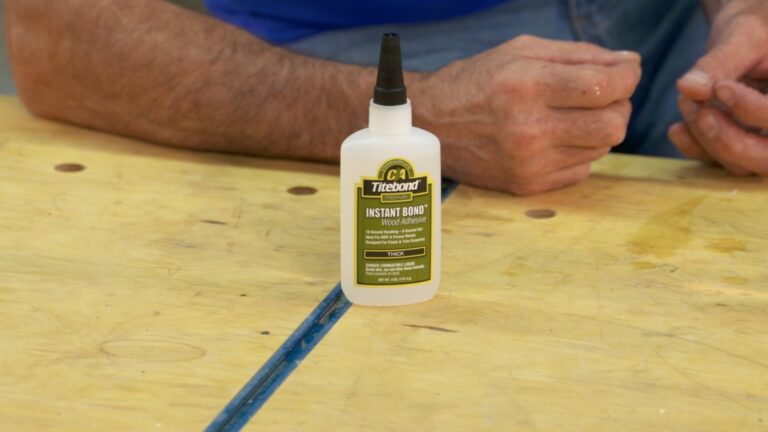
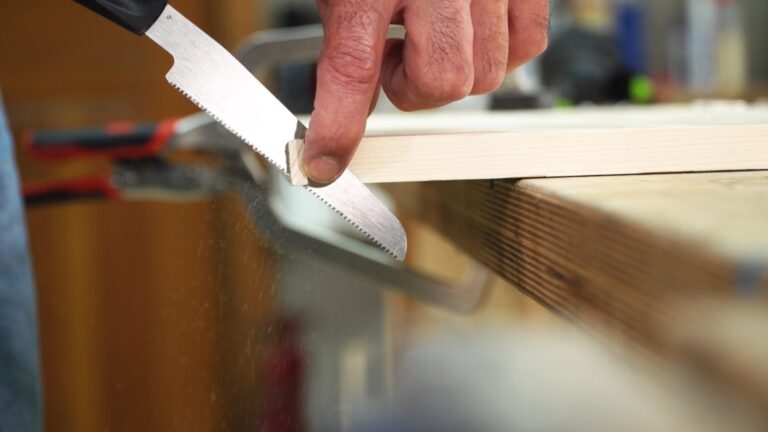
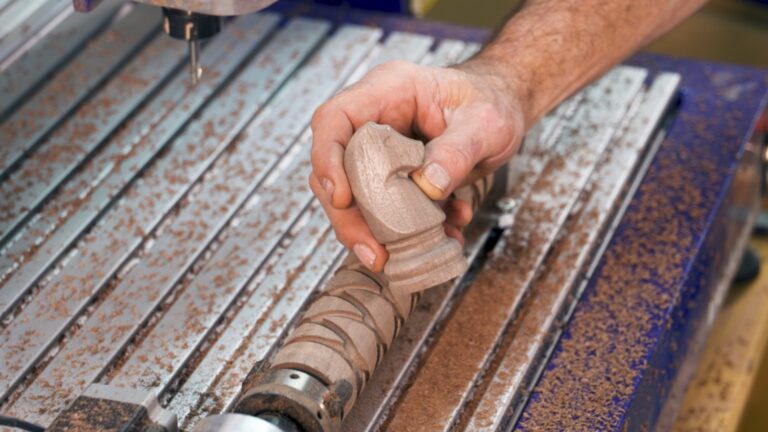
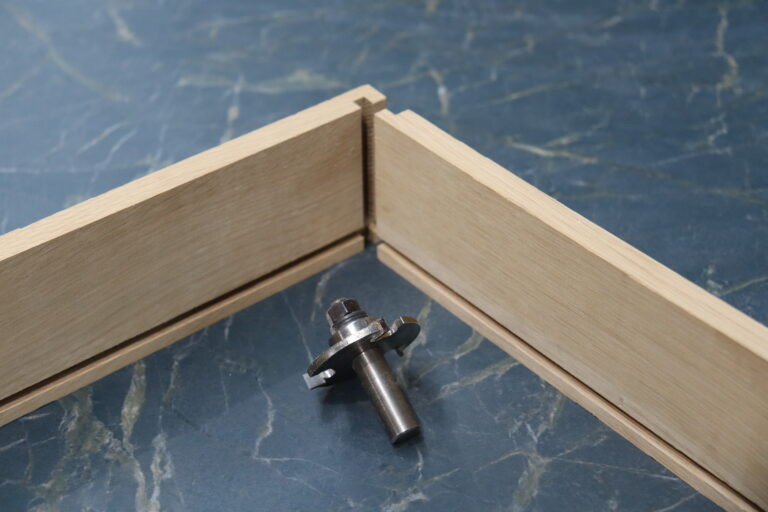
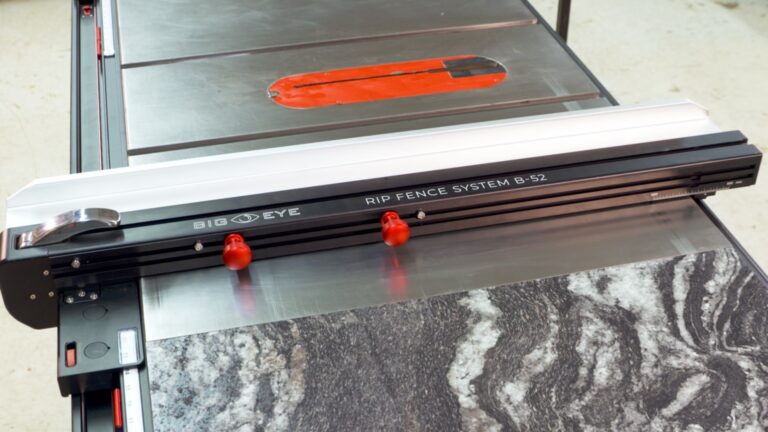
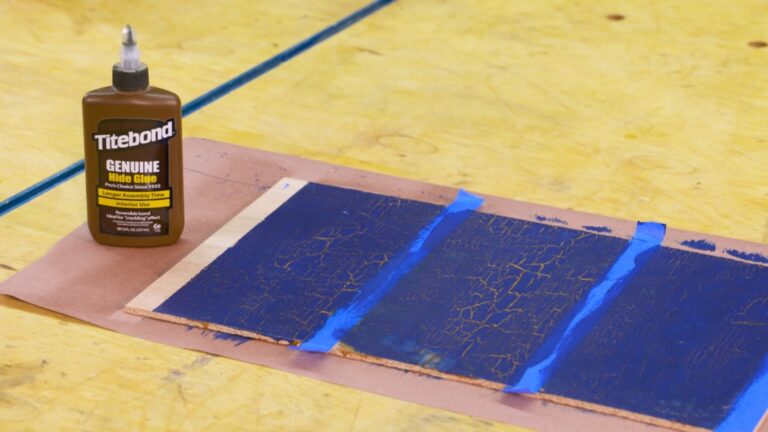
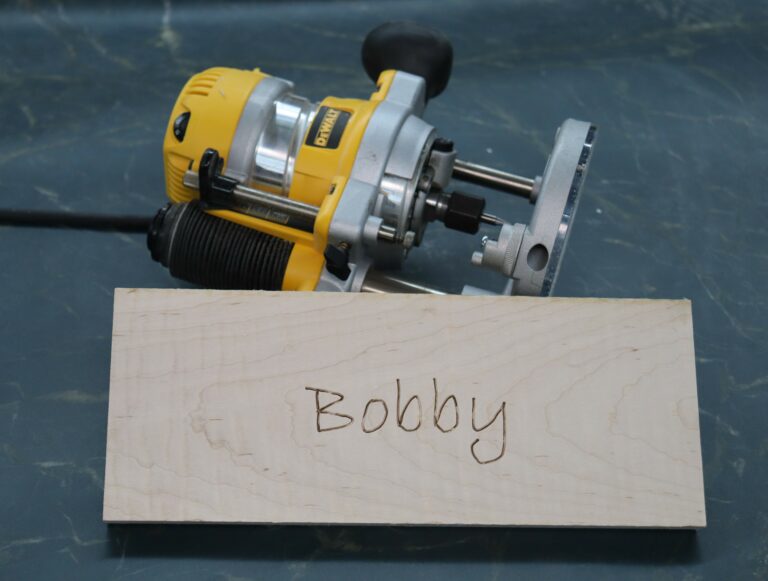
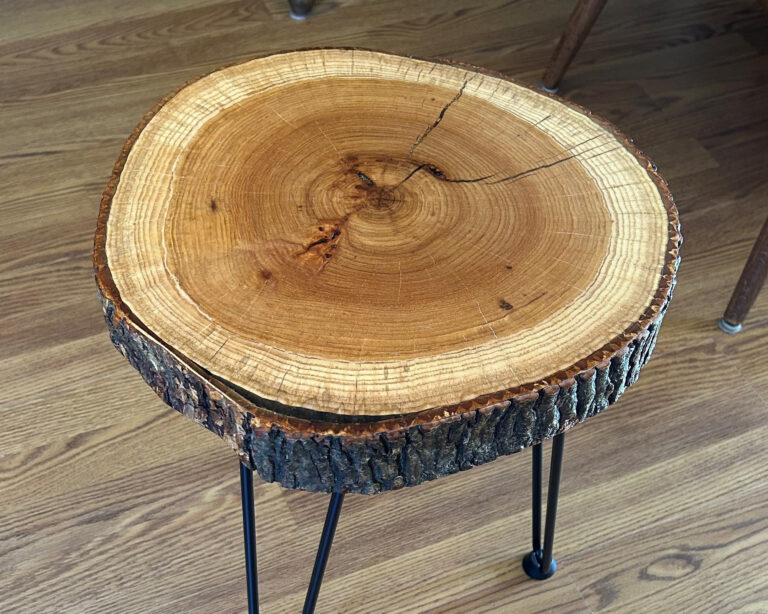
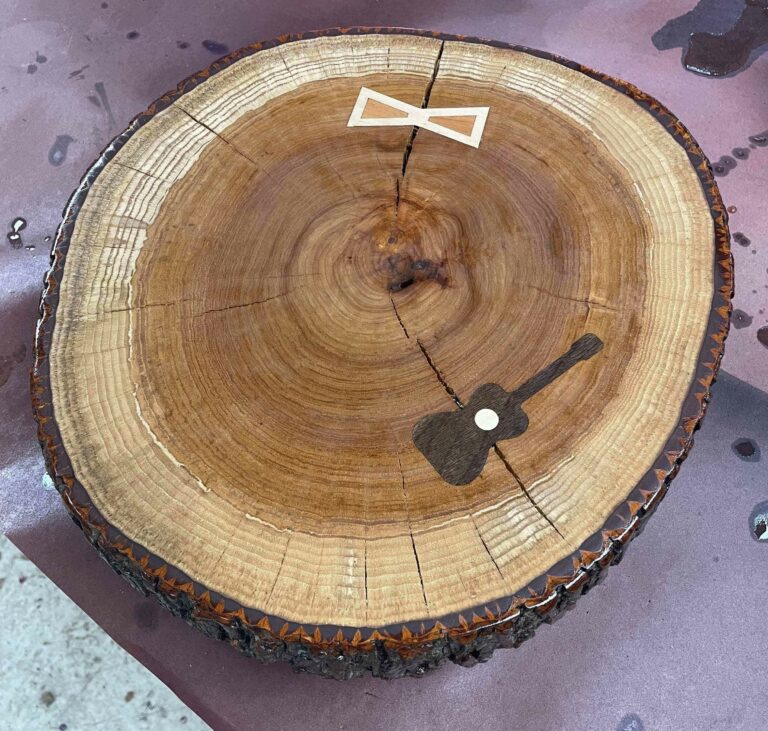

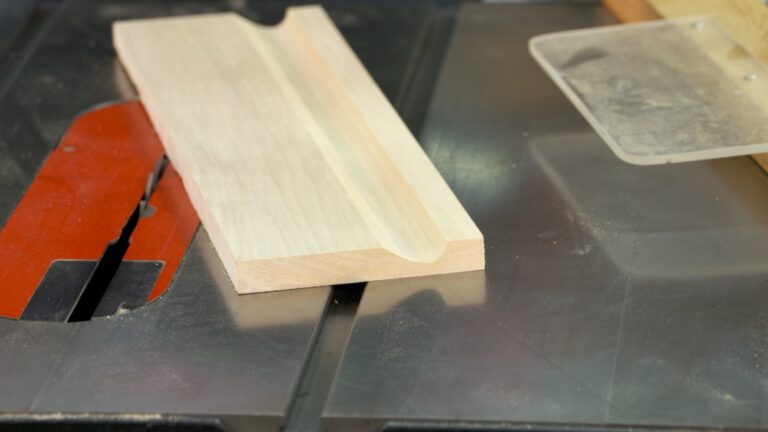

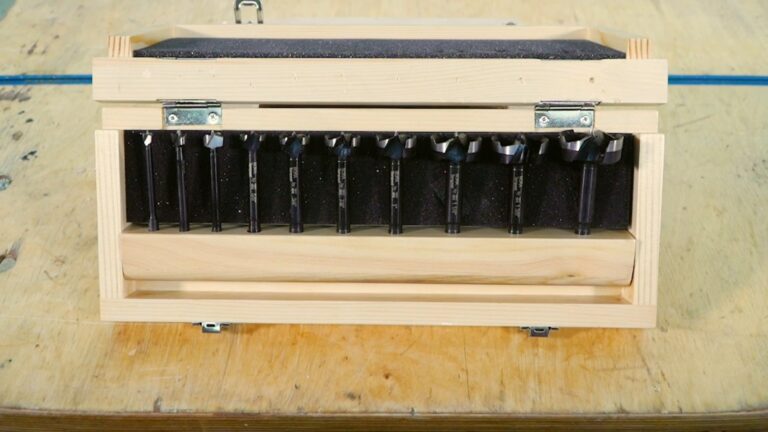

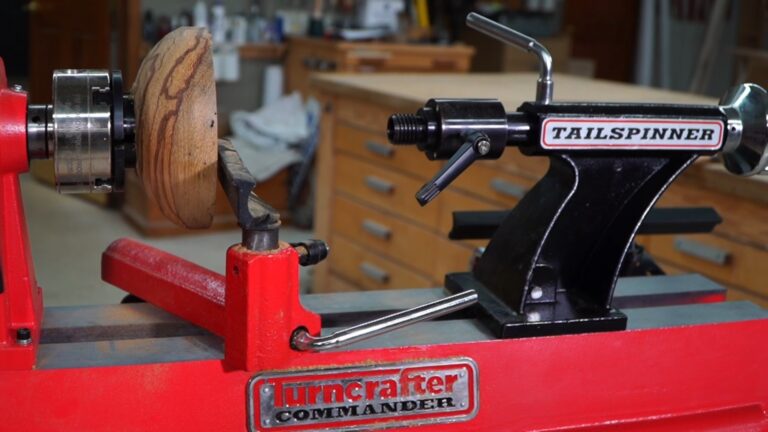
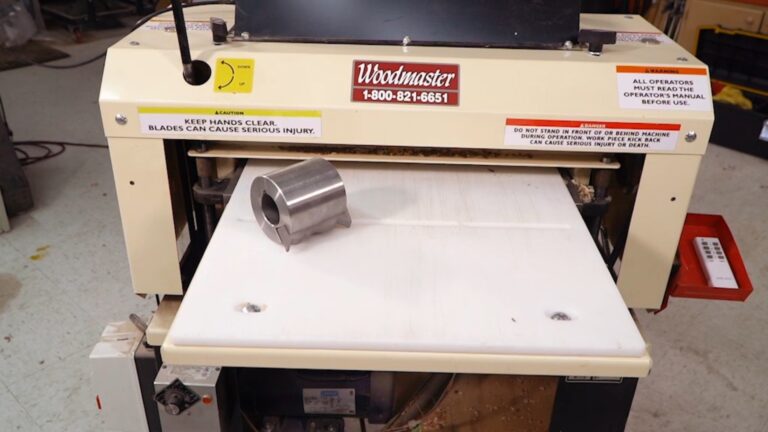


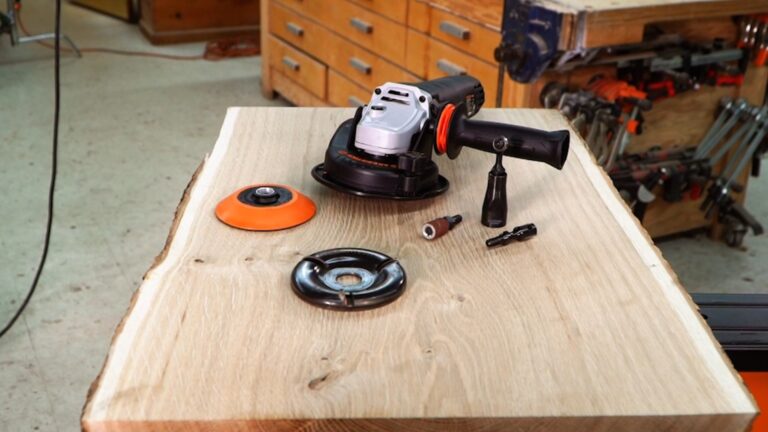






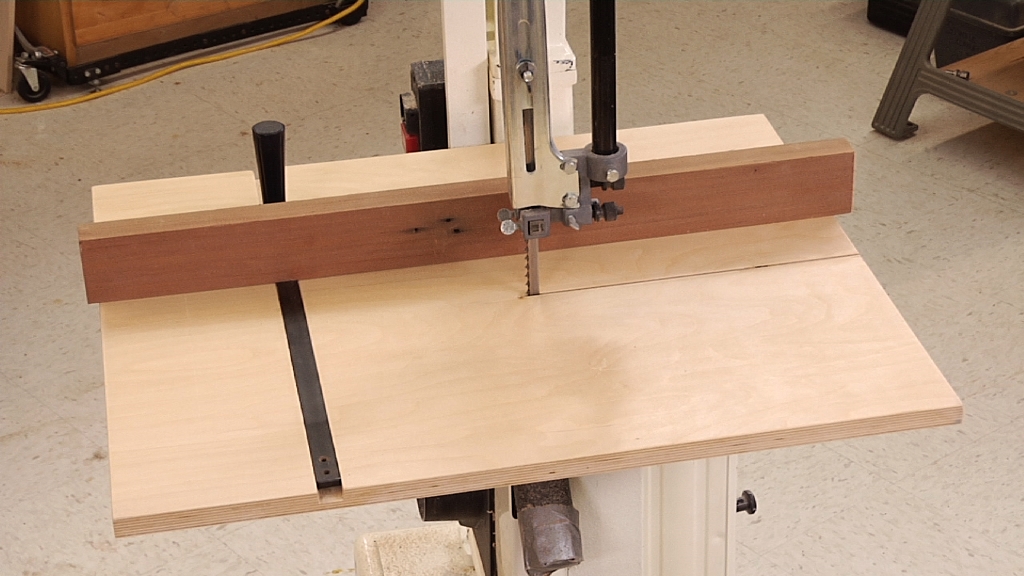
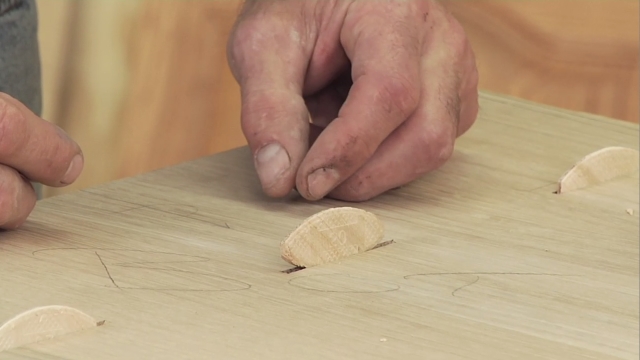

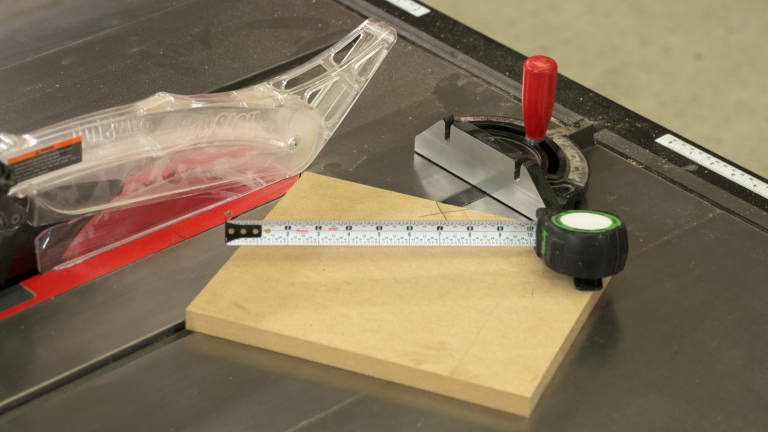

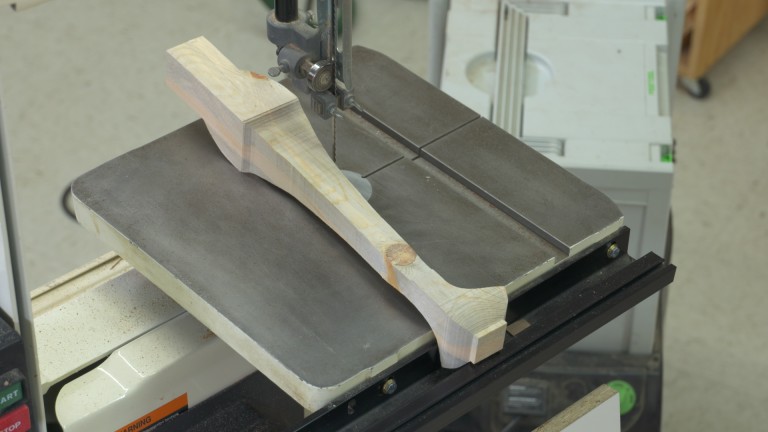
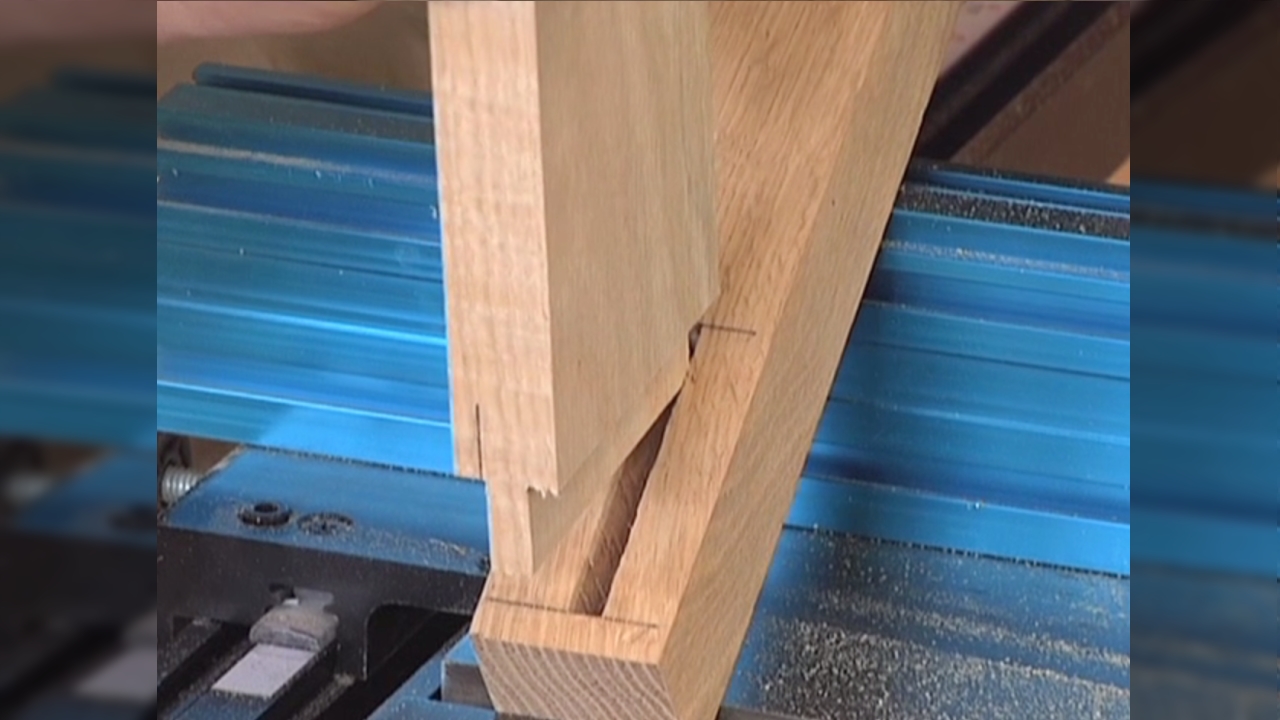
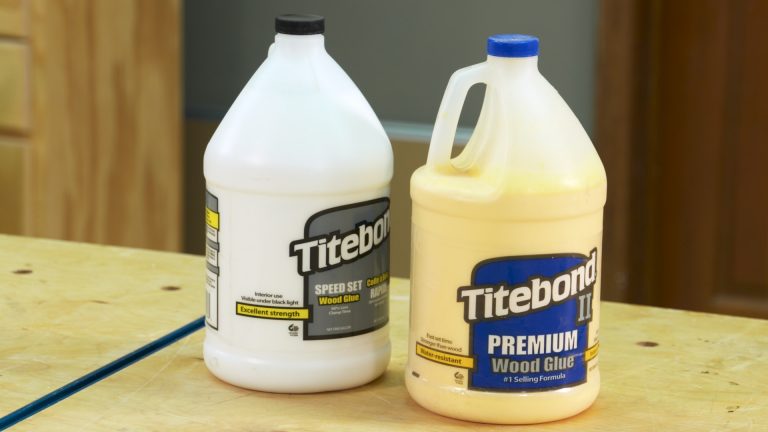
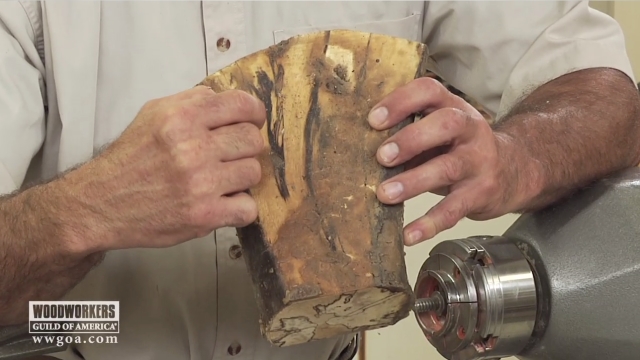
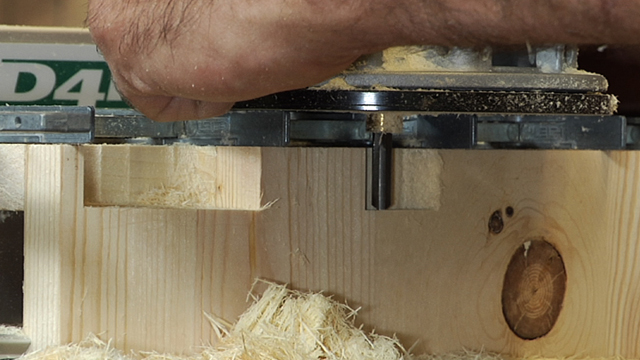
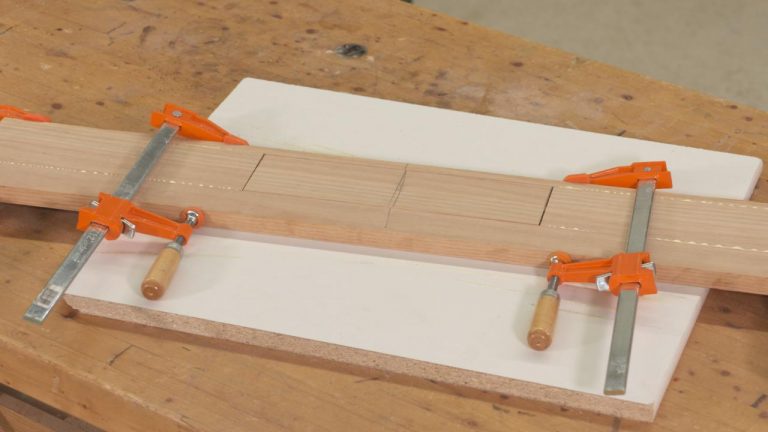
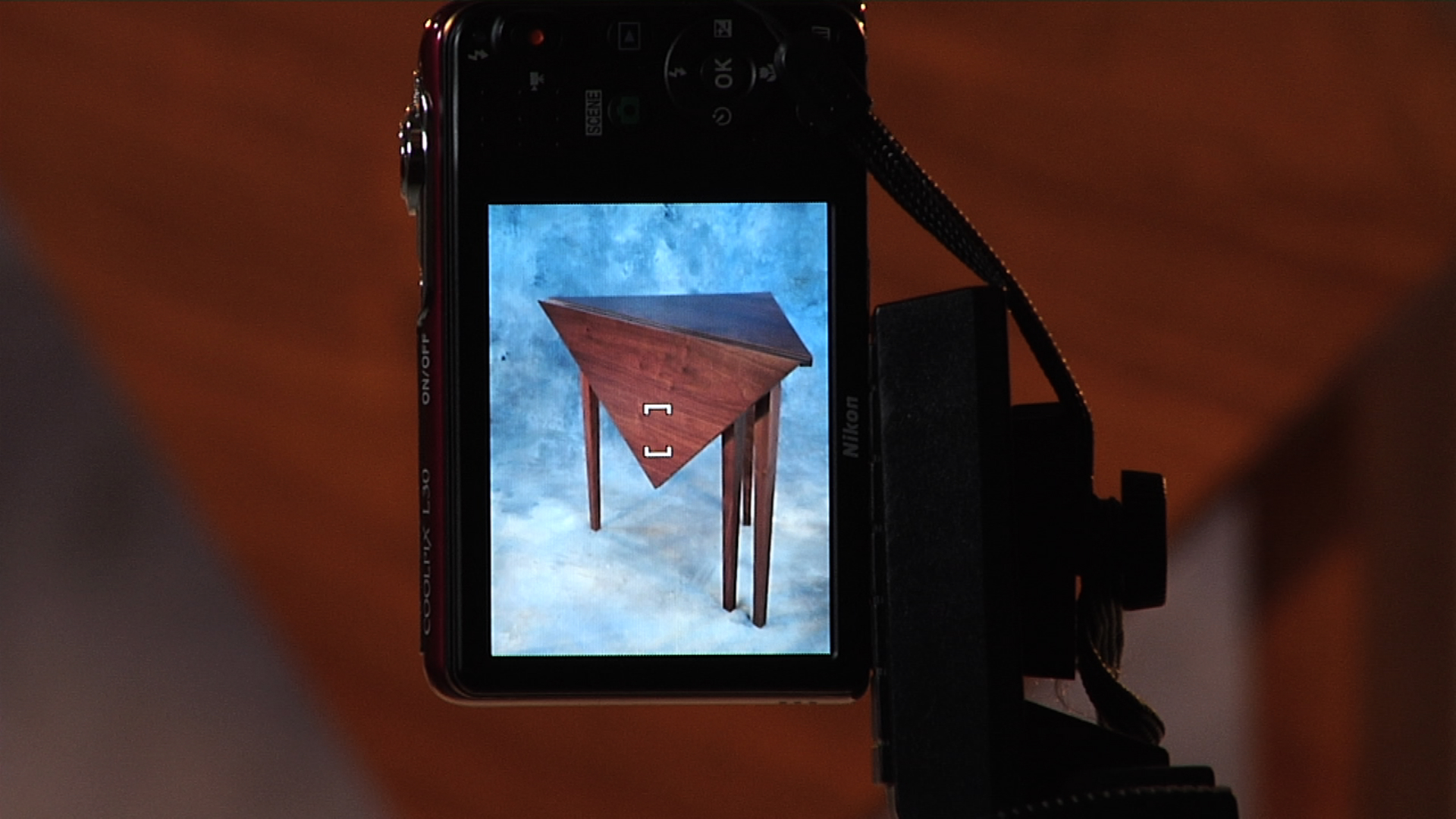
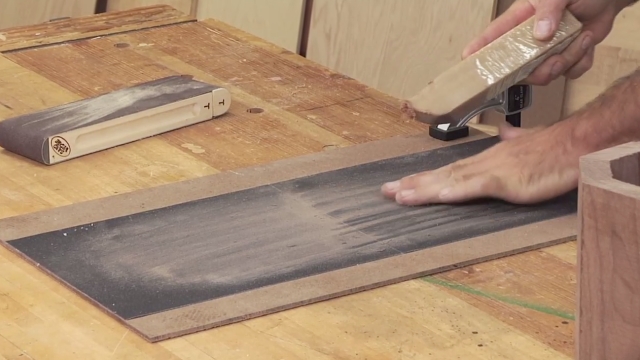
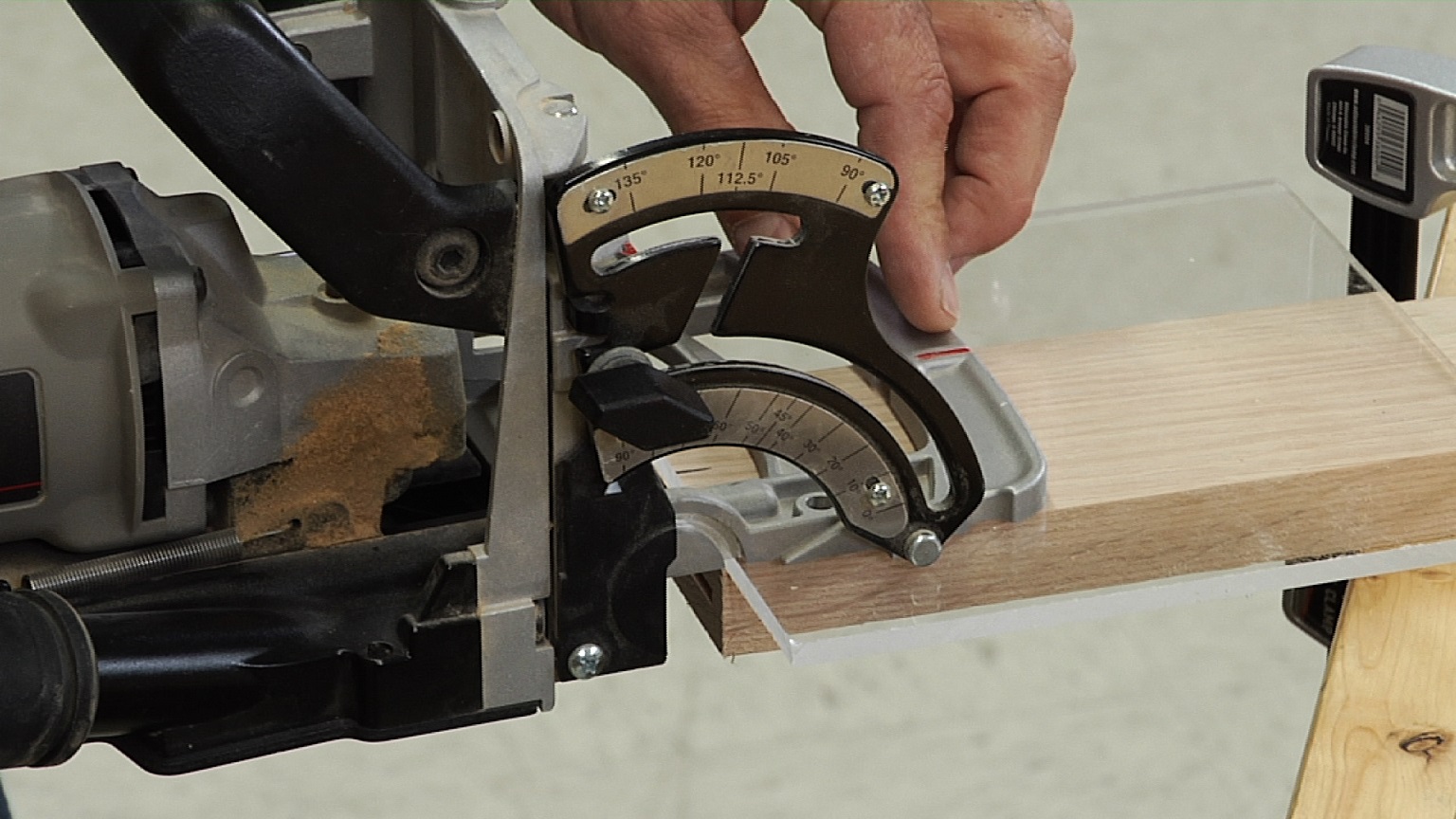

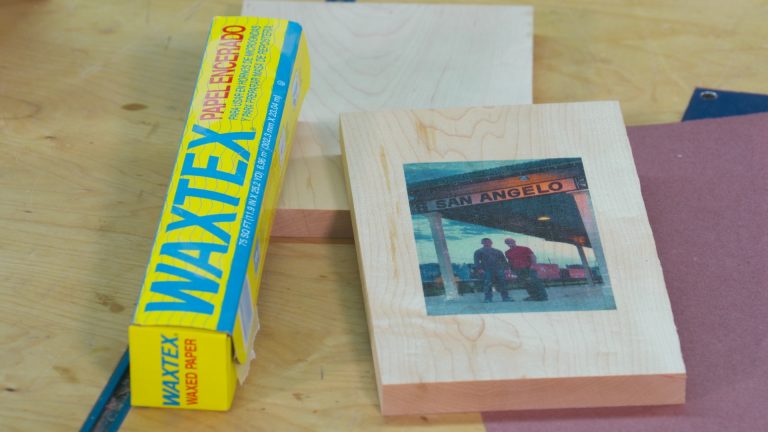
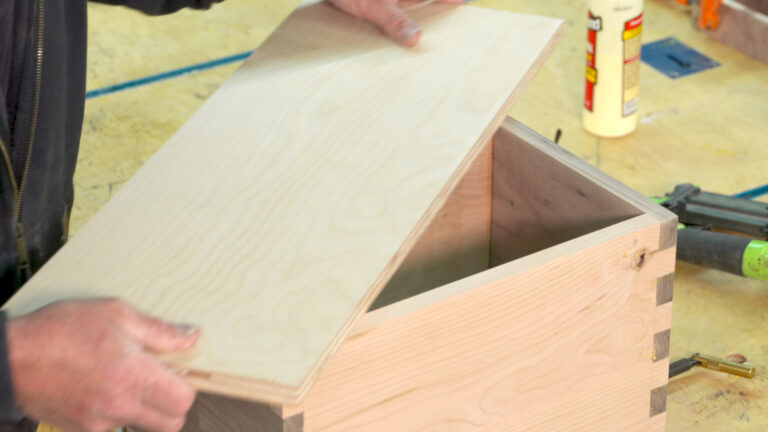
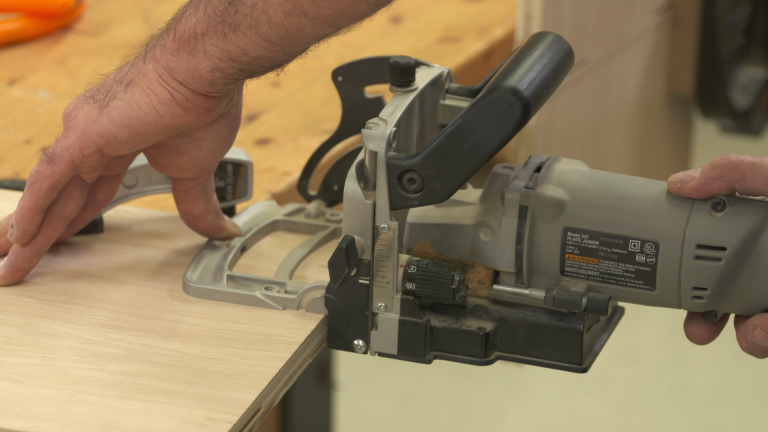
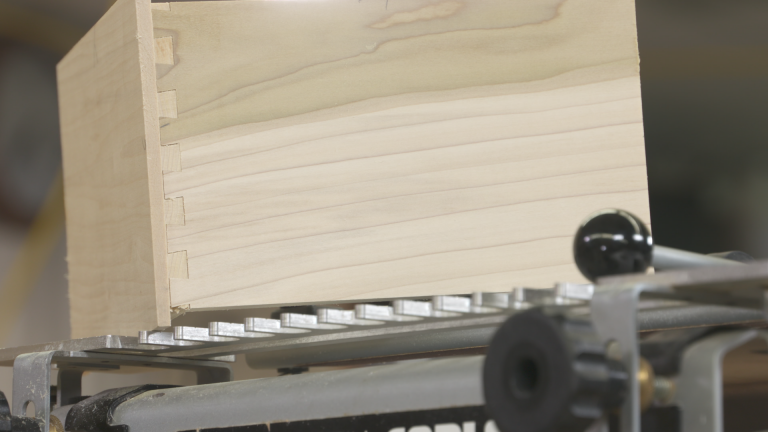
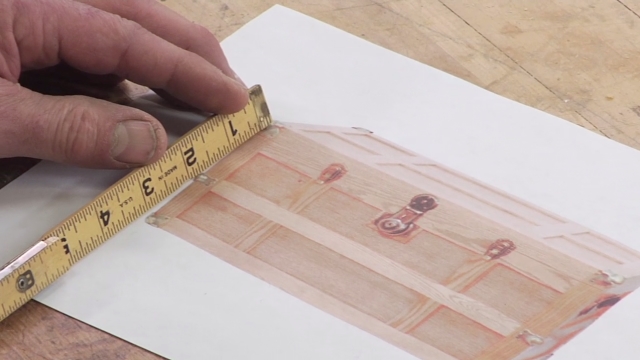
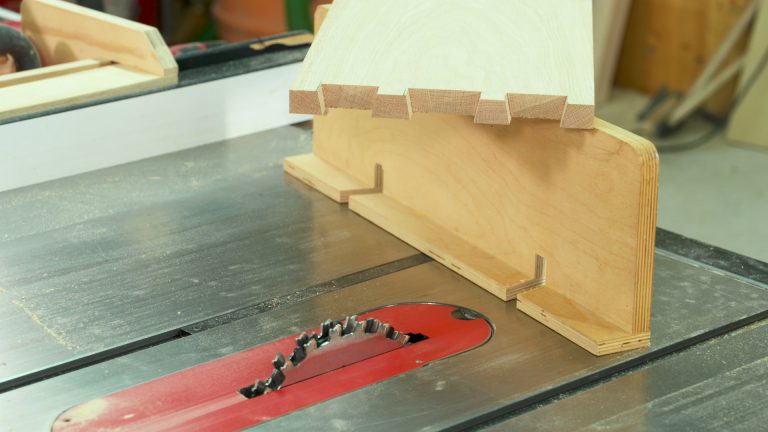
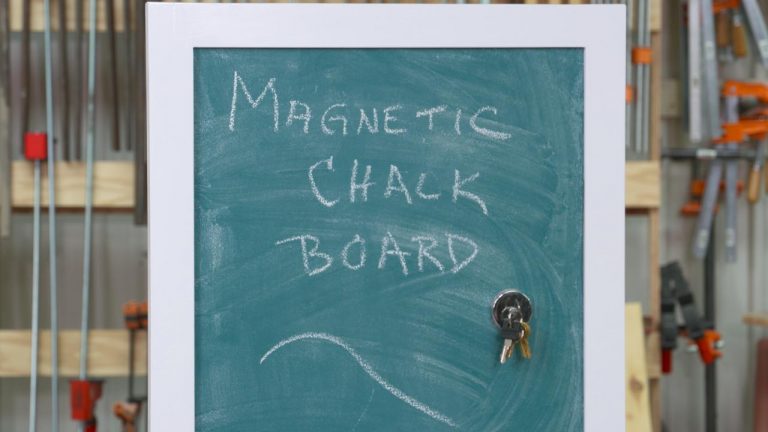

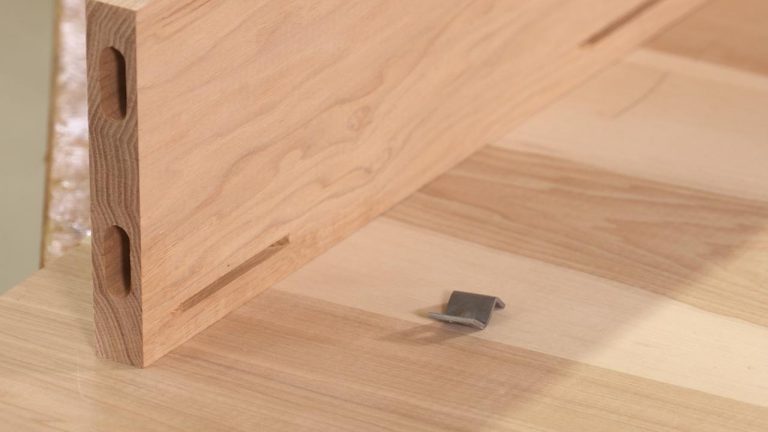
Had one now for 6 months, its very impressive, easy to use and set up especially for repeat ability.